Human blood performs many important functions including defence against disease and transport of biomolecules, but perhaps the most important is to carry oxygen – the fundamental biochemical fuel – and other blood gases around the cardiovascular system. Traditional therapies for the impairment of this function, or the rapid replacement of lost blood, have centred around blood transfusions. However scientists are developing chemicals (oxygen therapeutics, or “blood substitutes”) which have the same oxygen-carrying capability as blood and can be used as replacements for blood transfusion or to treat diseases where oxygen transport is impaired.
Chemistry and Biochemistry of Oxygen Therapeutics: From Transfusion to Artificial Blood links the underlying biochemical principles of the field with chemical and biotechnological innovations and pre-clinical development.
The first part of the book deals with the chemistry, biochemistry, physiology and toxicity of oxygen, including chapters on hemoglobin reactivity and regulation; the major cellular and physiological control mechanisms of blood flow and oxygen delivery; hemoglobin and myoglobin; nitric oxide and oxygen; and the role of reactive oxygen and nitrogen species in ischemia/reperfusion Injury.
The book then discusses medical needs for oxygen supply, including acute traumatic hemorrhage and anemia; diagnosis and treatment of haemorrhages in “non-surgical” patients; management of perioperative bleeding; oxygenation in the preterm neonate; ischemia
normobaric and hyperbaric oxygen therapy for ischemic stroke and other neurological conditions; and transfusion therapy in ? thalassemia and sickle cell disease
Finally “old”and new strategies for oxygen supply are described. These include the political, administrative and logistic issues surrounding transfusion; conscientious objection in patient blood management; causes and consequences of red cell incompatibility; biochemistry of red blood cell storage; proteomic investigations on stored red blood cells; red blood cells from stem cells; the universal red blood cell; allosteric effectors of hemoglobin; hemoglobin-based oxygen carriers; oxygen delivery by natural and artificial oxygen carriers; cross-linked and polymerized hemoglobins as potential blood substitutes; design of novel pegylated hemoglobins as oxygen carrying plasma expanders; hb octamers by introduction of surface cysteines; hemoglobin-vesicles as a cellular type hemoglobin-based oxygen carrier; animal models and oxidative biomarkers to evaluate pre-clinical safety of extracellular hemoglobins; and academia – industry collaboration in blood substitute development.
Chemistry and Biochemistry of Oxygen Therapeutics: From Transfusion to Artificial Blood is an essential reference for clinicians, haematologists, medicinal chemists, biochemists, molecular biologists, biotechnologists and blood substitute researchers.Content:
Chapter 1 Introduction (pages 1–7): Richard B. Weiskopf
Chapter 2 Hemoglobin Reactivity and Regulation (pages 9–22): Stefano Bettati and Andrea Mozzarelli
Chapter 3 The Major Physiological Control Mechanisms of Blood Flow and Oxygen Delivery (pages 23–45): Raymond C. Koehler
Chapter 4 The Main Players: Hemoglobin and Myoglobin; Nitric Oxide and Oxygen (pages 47–62): Tim J. McMahon and Joseph Bonaventura
Chapter 5 The Role of Reactive Oxygen and Nitrogen Species in Ischemia/Reperfusion Injury (pages 63–77): Ester Spagnolli and Warren M. Zapol
Chapter 6 Acute Traumatic Hemorrhage and Anemia (pages 79–106): Lena M. Napolitano
Chapter 7 Diagnosis and Treatment of Haemorrhages in ‘Nonsurgical’ Patients (pages 107–119): Umberto Rossi and Rosa Chianese
Chapter 8 Management of Perioperative Bleeding (pages 121–130): Sibylle A. Kozek?Langenecker
Chapter 9 Oxygenation in the Preterm Neonate (pages 131–143): Vidheya Venkatesh, Priya Muthukumar, Anna Curley and Simon Stanworth
Chapter 10 Ischemia (pages 145–158): Hooman Mirzakhani and Ala Nozari
Chapter 11 Normobaric and Hyperbaric Oxygen Therapy for Ischemic Stroke and Other Neurological Conditions (pages 159–177): Ari Moskowitz, Yu?Feng Yvonne Chan and Aneesh B. Singhal
Chapter 12 Transfusion Therapy in ? Thalassemia and Sickle Cell Disease (pages 179–191): Carlo Brugnara and Lucia De Franceschi
Chapter 13 Transfusion: Political, Administrative and Logistic Issues (pages 193–204): John R. Hess and Giuliano Grazzini
Chapter 14 Conscientious Objection in Patient Blood Management (pages 205–211): Kenneth E. Nollet and Hitoshi Ohto
Chapter 15 Red?Cell Transfusion in Clinical Practice (pages 213–220): Harvey G. Klein
Chapter 16 Causes and Consequences of Red Cell Incompatibility (pages 221–230): Chisa Yamada and Robertson Davenport
Chapter 17 Biochemistry of Storage of Red Blood Cells (pages 231–241): Ryan Stapley, Dario A. Vitturi and Rakesh P. Patel
Chapter 18 Proteomic Investigations of Stored Red Blood Cells (pages 243–256): Lello Zolla and Angelo D’Alessandro
Chapter 19 Red Blood Cells from Stem Cells (pages 257–271): Anna Rita Migliaccio, Carolyn Whitsett and Giovanni Migliaccio
Chapter 20 The Universal Red Blood Cell (pages 273–284): Luca Ronda and Serena Faggiano
Chapter 21 Allosteric Effectors of Hemoglobin: Past, Present and Future (pages 285–300): Martin K. Safo and Stefano Bruno
Chapter 22 Hemoglobin?Based Oxygen Carriers: History, Limits, Brief Summary of the State of the Art, Including Clinical Trials (pages 301–316): Jonathan S. Jahr, Arezou Sadighi, Linzy Doherty, Alvin Li and Hae Won Kim
Chapter 23 Oxygen Delivery by Natural and Artificial Oxygen Carriers (pages 317–325): Enrico Bucci
Chapter 24 Crosslinked and Polymerized Hemoglobins as Potential Blood Substitutes (pages 327–344): Kenneth W. Olsen and Eugene Tarasov
Chapter 25 Engineering the Molecular Shape of PEG?Hemoglobin Adducts for Supraperfusion (pages 345–369): Seetharama A. Acharya, Marcos Intaglietta, Amy G. Tsai, Kulal Ananda and Fantao Meng
Chapter 26 Hb Octamers by Introduction of Surface Cysteines (pages 371–380): Veronique Baudin?Creuza, Chien Ho and Michael C. Marden
Chapter 27 Hemoglobin Vesicles as a Cellular?Type Hemoglobin?Based Oxygen Carrier (pages 381–390): Hiromi Sakai, Hirohisa Horinouchi, Eishun Tsuchida and Koichi Kobayashi
Chapter 28 Animal Models and Oxidative Biomarkers to Evaluate Preclinical Safety of Extracellular Hemoglobins (pages 391–411): Paul W. Buehler and Felice D’Agnillo
Chapter 29 Academia–Industry Collaboration in Blood Substitute Development: Issues, Case Histories and a Proposal (pages 413–428): Hae Won Kim, Andrea Mozzarelli, Hiromi Sakai and Jonathan S. Jahr



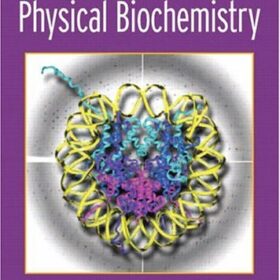

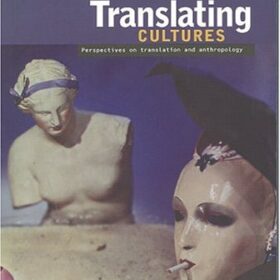
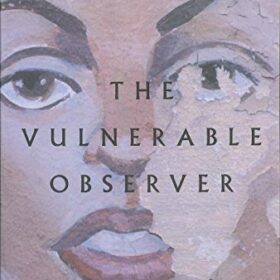
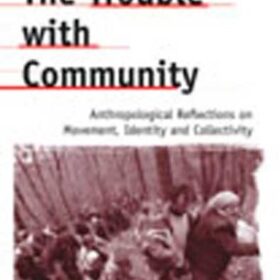
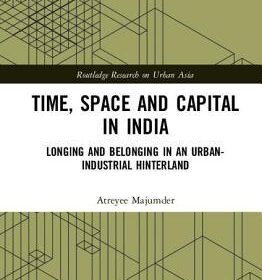
Reviews
There are no reviews yet.